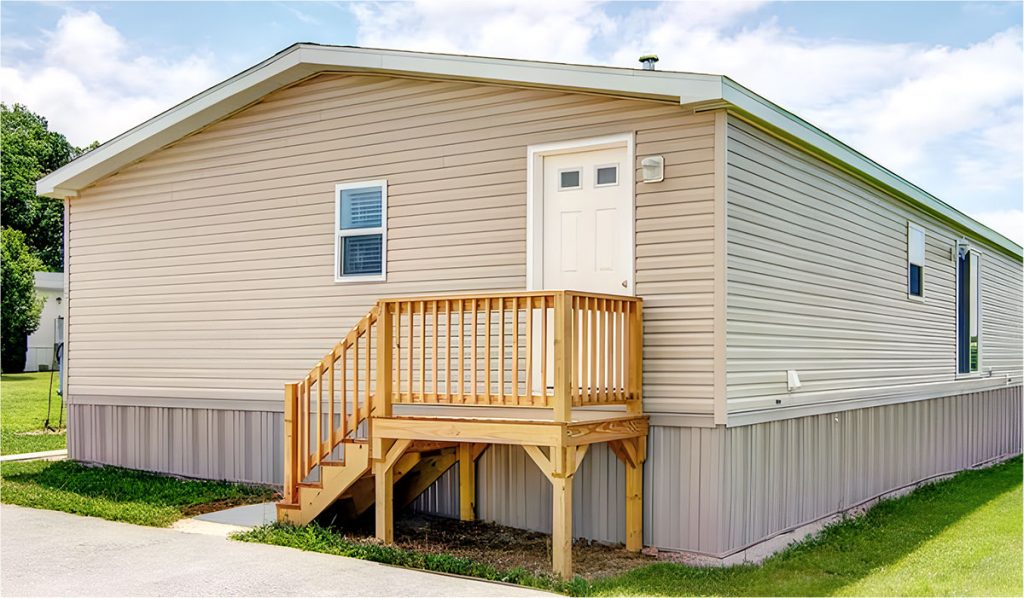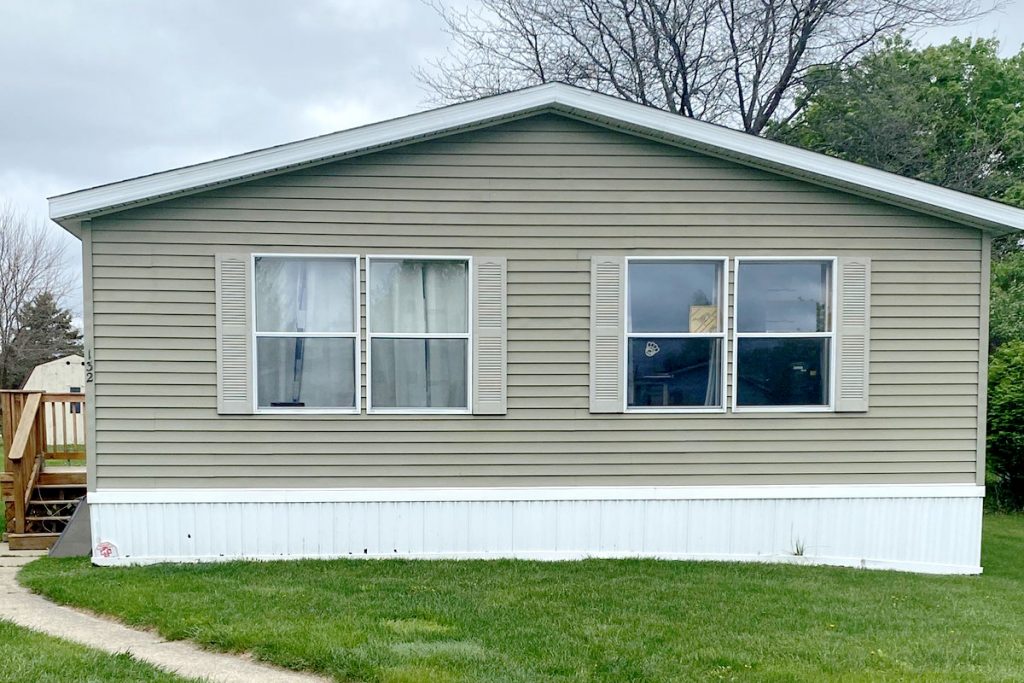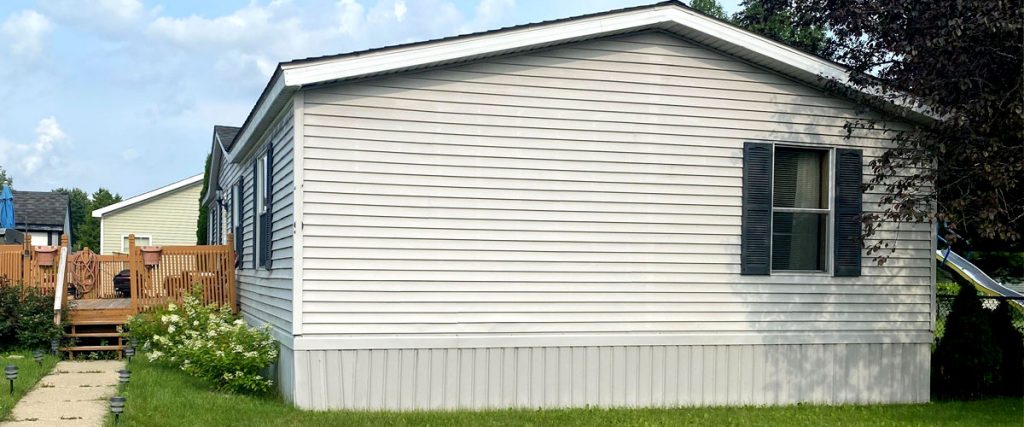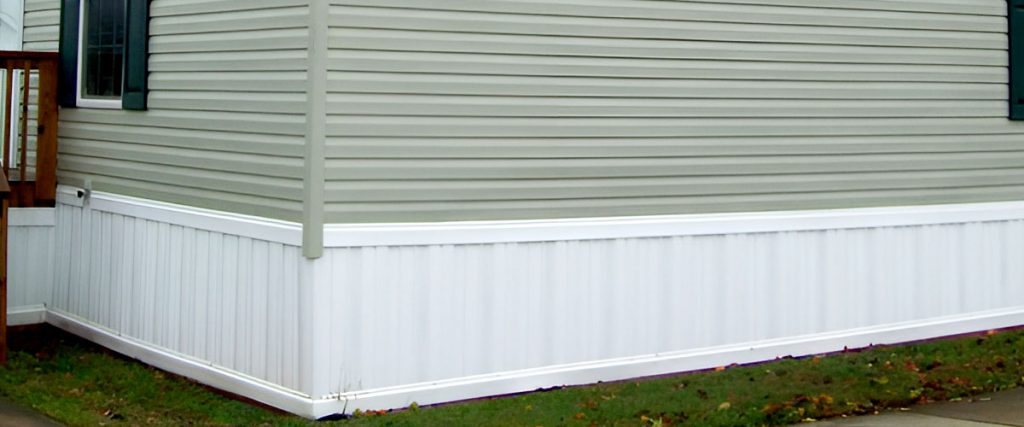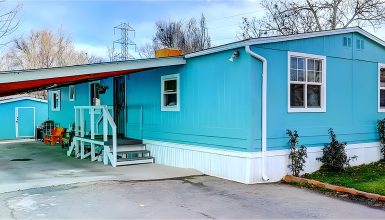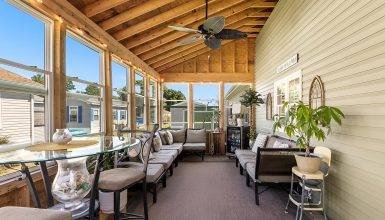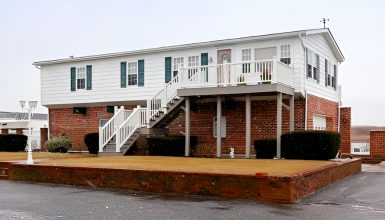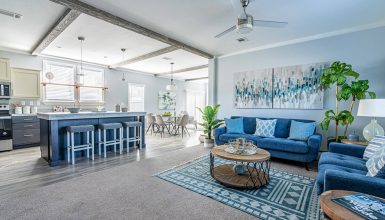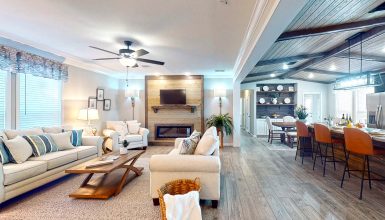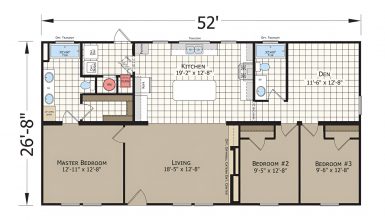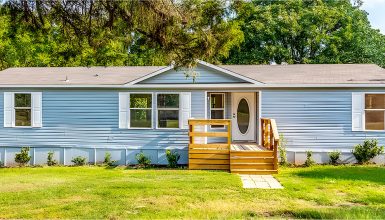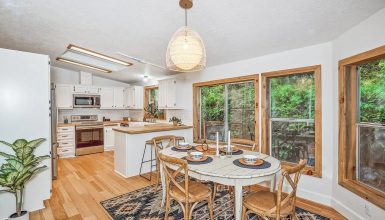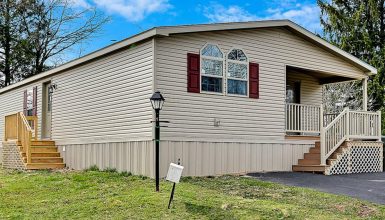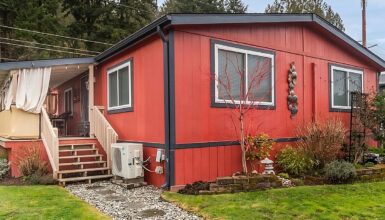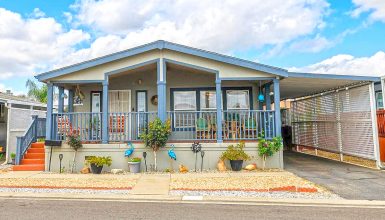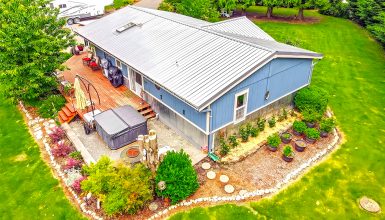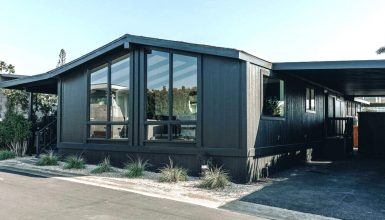Double-wide mobile homes are a staple in comfortable, affordable living. But there’s one feature that often gets overlooked, and yet it’s crucial. Skirting. It’s not just about aesthetics; it’s about protection and energy efficiency. Think of skirting as the cozy sweater for your home. It wraps around the base, adds a touch of style, and keeps things running smoothly. Now, let’s get into the nitty-gritty of affordable double-wide mobile home skirting. What is it, why is it so important, and how can you make the right choice without breaking the bank? Let’s dive in!
Different Types of Affordable Skirting
Skirting for your double-wide mobile home isn’t a one-size-fits-all deal. There are options, my friend, and understanding them is key to finding the perfect fit for your home. Let’s explore the different types of affordable skirting:
1. Vinyl Skirting
This one’s a crowd-pleaser! Easy to install, low-maintenance, and won’t strain your wallet. It’s a great choice if you’re looking for something that does the job without fuss.
2. Metal Skirting
Want something a bit more robust? Metal skirting could be your answer. It’s sturdy and still budget-friendly. Just keep an eye out for rust, and you’ll be golden.
3. Wood Skirting
Looking for a rustic charm? Wood skirting brings natural beauty to the table. It requires a bit more care, but the warmth it adds to your home might make it worthwhile.
4. Concrete Panels
If durability is your game, concrete panels won’t disappoint. They’re tougher than the others and last a long time with proper care. Cost-wise, they’re on the higher end of “affordable,” but some find the investment worth it.
5. Insulated Skirting
Thinking about energy efficiency? Insulated skirting helps keep the heating and cooling where you want it – inside your home. It’s a smart option if you’re mindful of energy bills.
See? Skirting isn’t just about covering up; it’s about complementing your home and adding protection. Each type has its charm and function. Take a look at your home, think about what you need, and you’ll find the right fit. Isn’t it nice to have choices?
Evaluating the Best Material for Your Needs
Now that you know the different types of skirting, it’s time to pick the best one for you. But how? Let’s break it down:
Consider Your Climate
Live in a humid area? Avoid wood; it might rot. Super cold? Insulated might be the way to go. Weather plays a significant role, so keep your local climate in mind.
Think About Maintenance
Love tinkering? Wood could be fun. Prefer to set it and forget it? Vinyl’s your friend. Consider how hands-on you want to be.
Match Your Home’s Style
Modern? Rustic? Classic? Your skirting should blend with your home’s vibe. Metal adds an industrial touch. Wood brings warmth. Pick what fits your aesthetic.
Budget, Budget, Budget
Hey, it’s important! Concrete’s durable but pricier. Vinyl’s easy on the wallet. Balance what you need with what you can spend. You’ll find an option that works.
Energy Efficiency
Want to save on those heating or cooling bills? Insulated skirting could be a smart choice. Sometimes, spending a bit more upfront saves you in the long run.
Ask Around
Talk to neighbors. Read reviews. Sometimes, local wisdom is the best wisdom. What works for others in your area might work for you too.
Picking suitable material isn’t a snap decision, but it’s not rocket science. Think about your home, your lifestyle, and your wallet. You’ll land on the right choice. You’ve got this!
Vinyl Skirting Cost Analysis
Vinyl skirting, huh? Good choice! It’s budget-friendly and looks sleek. Let’s dive into what it might cost to skirt your double-wide mobile home.
- Materials: You’ll need the vinyl panels, of course. You might be looking at around 1,400 square feet of skirting for a standard double-wide. If vinyl costs about $1.50 per square foot, that’s $2,100 right there.
- Channeling and Hardware: Don’t forget the pieces that hold it together. You’ll need top and bottom channels, screws, etc. Expect another $150 or so for these.
- Tools: If you don’t have them already, you might need some tools. A saw, a drill – they can add up. But let’s say you borrow or find some deals, so that’s another $50.
- Labor: Doing it yourself? It’s free and maybe even fun! Hiring someone? It could be $500 to $1,000 for professional installation.
- Permits: Some places need permits. Call your local city office. It’s usually not a lot, but let’s estimate $50.
- Extras: Always good to have a buffer for those unexpected finds. Add another $100.
Add it all up, and the grand total? Around $2,950 to $3,450. Not bad for a transformation that boosts curb appeal and might even help with insulation. Remember, these are rough estimates. Prices can vary by location and over time. But this gives you a good starting point. Happy skirting!

